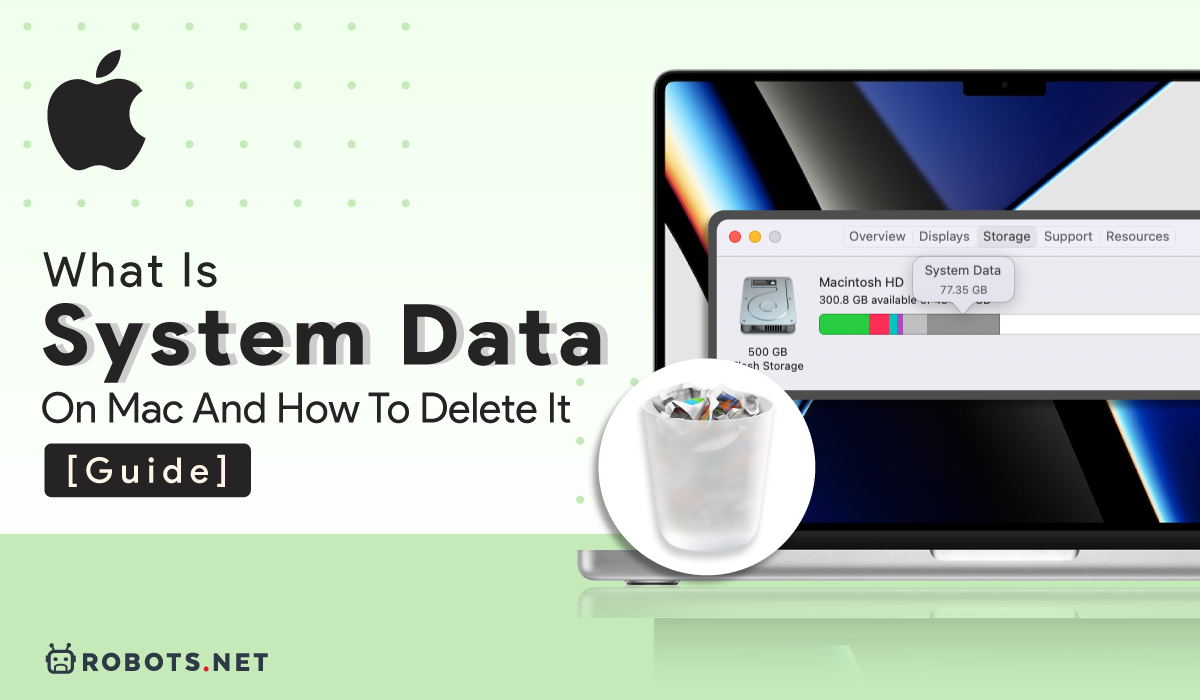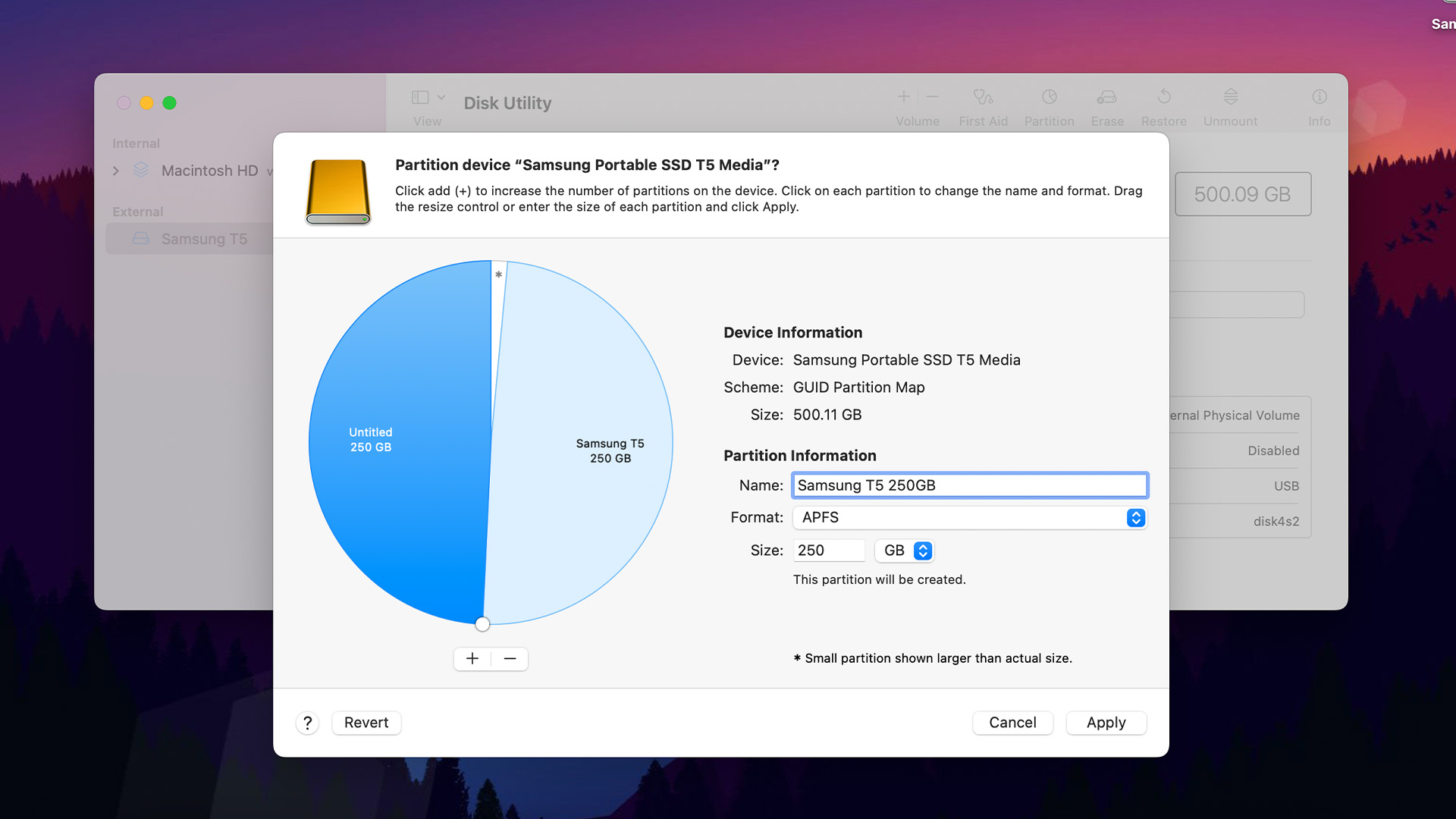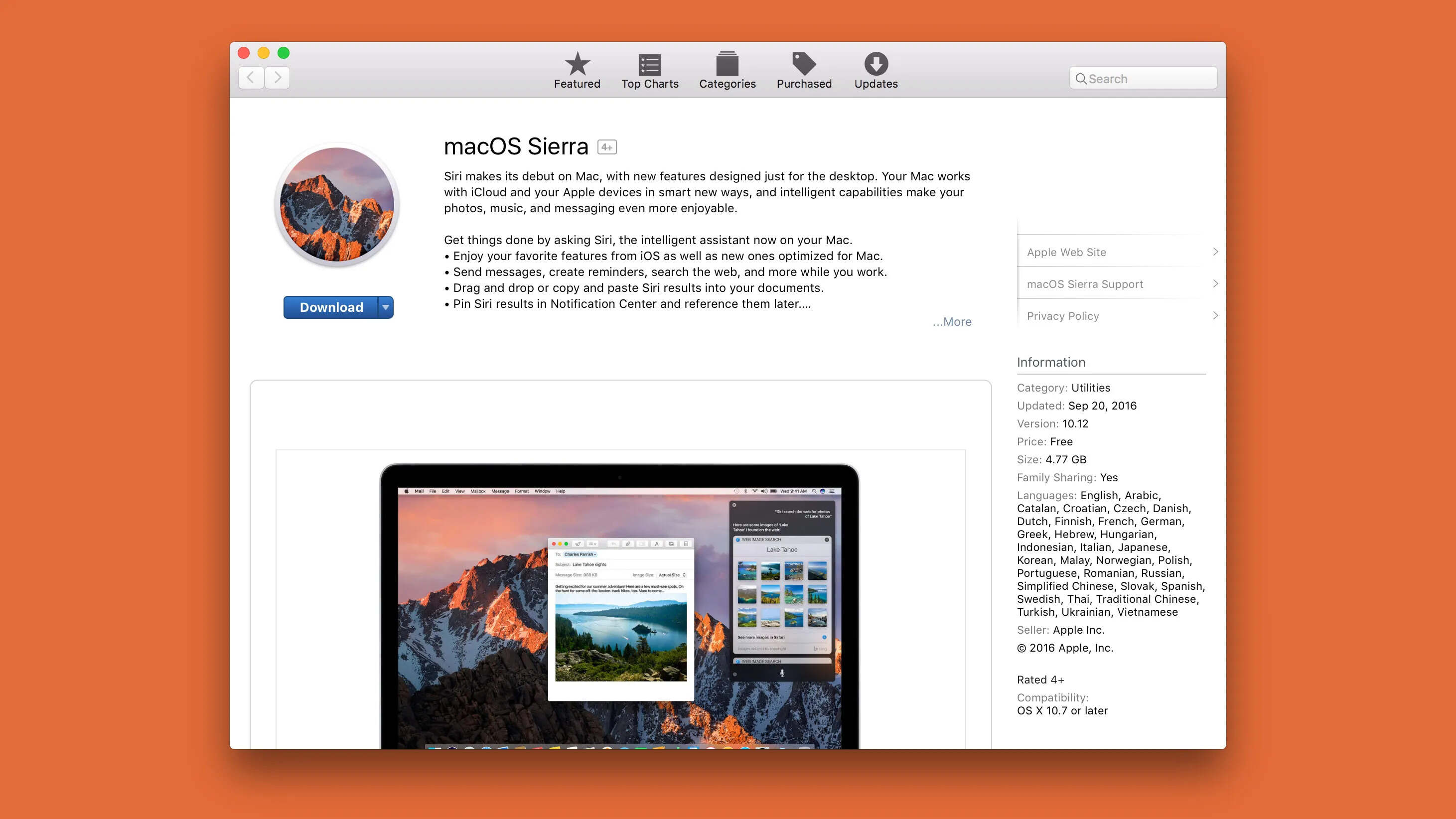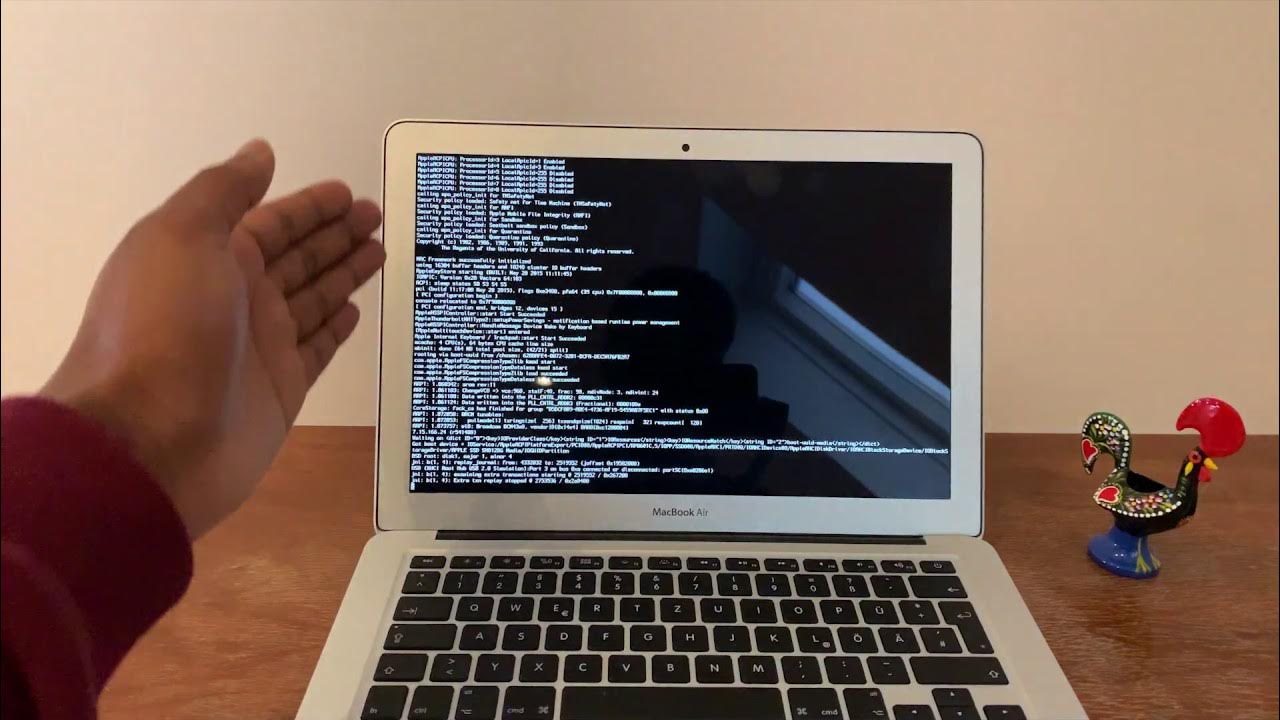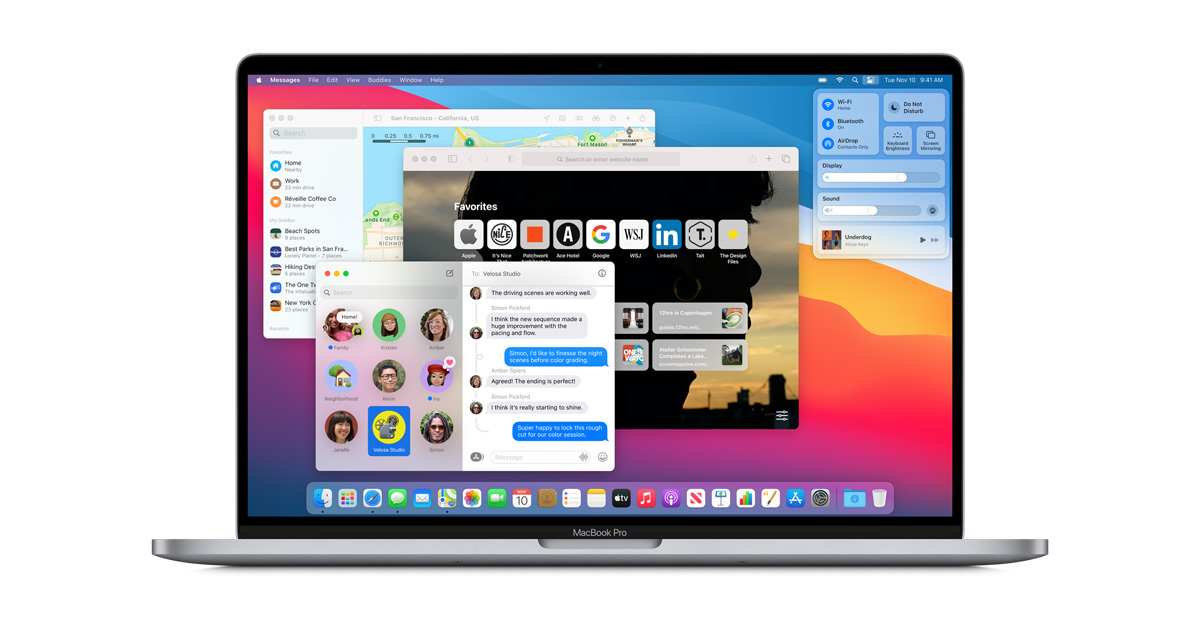Storage space is one of the most crucial things to factor in when purchasing a computer. That’s especially true if you’re buying a Mac because, whether it’s a desktop or laptop, storage is usually non-upgradeable. The amount of storage you configure your unit with will stay stagnant throughout the computer’s lifetime. As a result, many people opt to carefully delete unnecessary files – including system data – on their Macs. What is system data on Mac? Let’s find out.
What Is System Data On Mac?


When you check your Mac’s available storage, you’ll likely find different categories taking up varying amounts of storage. Some will be labeled “Photos” while others are called “Apps” or “Mail.” However, the most peculiar labeling for most people would probably be the “Other” or “System Data” category.
Just what is Other in Mac storage and what is System Data on Mac storage? Firstly, let’s clear up a misunderstanding: both “Other” and “System Data” refer to the same category. It’s just that Apple renamed “Other” to “System Data” in macOS Monterey. The label will remain as “Other” if you’re on macOS Big Sur or older iterations of macOS.
Now, what is system data on Mac? Simply put, it refers to the category that houses all the miscellaneous files on your device. For example, you can find temporary files, app plugins or extensions, cache files, disk archives, and backups inside system data.
As you can see, these files don’t exactly neatly fit into the other categories like Photos or Apps. That’s why macOS lumps them all together as system data – files that help your system run smoothly.
What Does System Data Do?
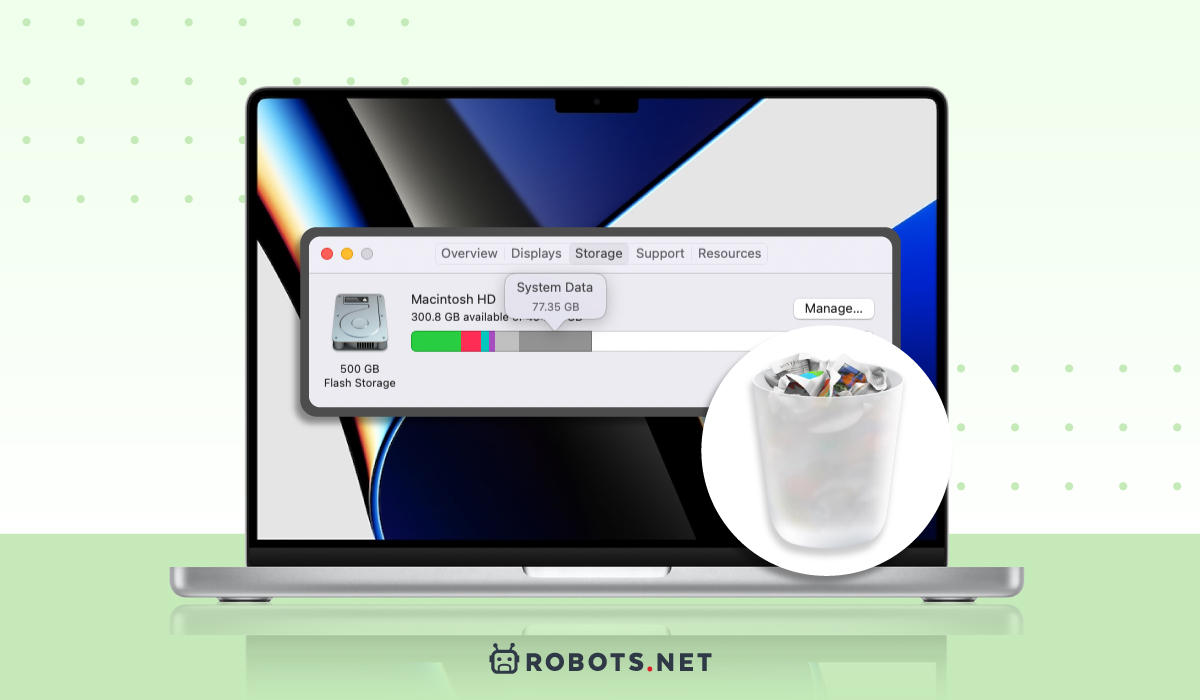

Now you know how to check your Mac’s system data. However, you might find that your Mac system data is 100GB (or any high number) and feel shocked. Why is my Mac system data so high? How much system data is normal on Mac? Moreover, what is system data storage on Mac supposed to do for you?
Firstly, you must know that macOS uses this category to store various files it needs to run your computer. It refers to these files to access your app preferences, allowing you to keep certain app settings running. Some of these files also help you easily access your account and other important information and settings.
With that said, what macOS stores under system data will depend on how you’ve been using your computer so far. If you download a lot of plugins or extensions, all of the files associated with those should be contained there. Moreover, older backups will also tend to fall under this category.
Now, one very important question remains if you want to clear storage space: can I delete system data on Mac? What is system data on Mac computer’s importance and can I freely tamper with them? The answer is a little complicated.
This is because some of the files under system data are important while others aren’t. There are files inside that are crucial to running macOS. You might potentially damage your system if you erase the incorrect file or folder.
However, some files under system data are unimportant and expendable. For example, you can freely delete old backups you don’t need that fall under this category. Certain cache and temporary files are also unnecessary.
How To Check System Data On Mac
Now, you may think that deleting your computer’s photos or apps is a good way of cleaning up your Mac. However, sometimes the system data on your Mac can eat so much space you just have to delete these files. With that said, how can you check your Mac’s system data? Just follow these instructions for how to check the storage on Mac:
- Press the Apple menu (Apple icon) at the upper-left of your Mac’s home screen
- Select “About This Mac”
- Choose the “Storage” tab to view your computer’s storage usage
You’ll find different file categories and how much storage they use up in this new window. You can also manage your Mac’s storage space by clicking the “Manage” button on top of the bar. This will show you the specific amount of storage each category occupies.
Once you’re on the manage screen, you’ll also see the folders “macOS” and “System Data” grayed out at the bottom. On macOS Big Sur or earlier, these will be labeled “System” and “Other,” respectively.
How To Delete System Data On Mac
What is system data on Mac? Now that we’ve answered this inquiry, you might be wondering how to reduce the system data. After all, it often takes a lot of space on your Mac — so much so that your storage bloats. Thankfully, there are ways you can delete the files under the category. Below are some of the ways how.
1. Manually Delete Unnecessary Files In The Library Folder
If you need to learn how to clear system storage on Mac for free, then manual deletion is the best method. That’s because it costs nothing to simply dig into folders yourself while deleting files one by one.
However, it is more time-consuming and cumbersome to do. Moreover, there’s a risk you might erase important files if you make one wrong move. Nonetheless, it’s a good option to try, especially if your system data folder isn’t too large.
Unfortunately, macOS doesn’t make the method as straightforward. You can’t simply go to the Apple menu and click the “System Data” folder in the manage window. It’ll be grayed out and unreachable here. You’ll need to find the Library folder instead. Here’s how:
- Open Finder on your computer
- Choose “Go” in the menu bar
- Select the “Go to Folder…” option
- Type “~/library” and hit the enter key
Under this area, you’ll find a large library of folders including your accounts, cache, and cookies. You can carefully dig through these to delete irrelevant files like plugins, .dmg files, and extensions. However, do proceed with caution because deleting folders arbitrarily could damage macOS.
To delete unnecessary files, locate a few you’re confident about deleting. Then right-click on the file and select “Move to Bin” to delete it. Do note that these files will remain in your Trash Bin for a month after you erase them.
You can easily restore them if you’ve deleted something accidentally. However, you can also go to the Trash Bin and delete these files permanently. After all, what is system data on Mac supposed to do sitting in the trash bin once they’re already deleted? If you’re sure they’re not needed, it’s best to erase them permanently to clear up space.
2. Use Mac Storage Cleaners
How do I free up system storage on my Mac? One quick method to do this is by using storage cleaners. Compared to manual deletion, this is the easier way you can do the job. That’s especially true if you don’t understand what is system data on Mac and which files are important. Moreover, storage cleaners are great at identifying useless duplicate files and unnecessary remnant files.
Unfortunately, this does have one big caveat: money. That’s because the most reliable storage cleaners will cost money to use. Some have a recurring subscription fee while others you can purchase for a one-time payment. Nonetheless, these cleaners are essential to clearing up system data on your device without damaging it.
3. Delete Time Machine Backups
What is system data on Mac composed of? One of the biggest space-hoggers that is likely to bloat your system data storage are backups from Time Machine. That’s because, even if you store these backups on external hardware, macOS also keeps a copy within your system.
It does this as a safety measure in case your external storage is unavailable when you have to restore files. This makes restoring old backups more convenient for people who need them on the go. However, it also creates a potential for bloating within your system storage.
Of course, macOS does delete these backups automatically once your storage capacity is almost full. However, the OS doesn’t always do it properly. Moreover, sometimes you might want to clear the storage before it even gets to that point. After all, too little available space also means your computer’s performance might take a hit.
With that said, is there a way to delete Time Machine backups? Thankfully, the process isn’t too complicated. We’ve listed a step-by-step guide below to help you out:
- Navigate to Applications in the menu
- Head to “Utilities” and open the Terminal
- Once the Terminal window pops up, enter: “tmutil listlocalsnapshotdates” (without the quotations)
- Hit “Return” to view a list of Time Machine backup files sorted by date
- Type “tmutil deletelocalsnapshots XXX” — but substitute “XXX” for the name of the backup you want to delete
- Note: this is usually listed as the date and string of text
- Hit “Return”
Afterward, you can repeat the last two steps to delete as many files as you desire. You may also monitor how much storage you clear up every time after you remove the files.
4. Delete Application Logs & Support Files
If you’re asking, “what is system data on Mac made up of?” then two things we’d list down are application logs and support files. These are files your apps generate to help boost your user experience. They’re necessary if these applications are still in use.
However, the problem with these files is macOS doesn’t delete them automatically after you delete those apps. As a result, they become clutter for your system data and bloat your storage. Here’s how to find them:
- Launch Finder
- Head to the “Go” menu and press “Go to Folder”
- Type “~/Library/Application Support”
- Hit Enter
In the screen that follows, you should find various folders with corresponding labels. If you find a folder corresponding to a deleted app, you can go ahead and delete that folder. Apart from this, you can also clear other files by substituting “~/Library/Application Support” with the following:
- ~/Library/Caches
- ~/Library/Logs
- ~/Library/Containers
- ~/Library/Cookies
5. Clear Your Downloads Folder
Eager to learn how to clear disk space on Mac? One of the most effective methods to decrease system data on your Mac is by going through your Downloads folder. That’s because this folder is a magnet for unnecessary files that you normally save in other locations.
It contains various files like photos, videos, PDFs, installers, and old miscellaneous files. You can easily clear your Downloads folder by doing the following:
- Launch Finder
- Head to “Downloads”
- Right-click within the folder and select “Sort By”
- Select “Size”
Afterward, you’ll see which apps and files are taking too much space. You can move the ones that are important and delete those you aren’t using.
Alternative To Deleting System Data: Optimize Your Storage
What is system data on Mac doing for your computer? At first, you might think these files are just clutter. However, these files serve many crucial functions which is why it can be nerve-wracking to delete them. Thankfully, you don’t always need to erase these files to clear up storage space.
That’s because you can also learn how to delete other storage on Mac without tampering with macOS. All you must do is do a little decluttering through the manager. Here’s how:
- Select the Apple icon on the home screen
- Choose “About This Mac” on the selection
- Navigate to the “Storage” tab and hit “Manage”
Follow a few of the suggestions macOS gives you in the window that appears. These include options to store data in iCloud so you can easily free up your local storage space. You might also want to choose to delete large files like applications and movies.
The computer also suggests you can turn on the trash bin’s automatic emptying system to ensure you always have space. Finally, you can also choose to review your files and dive into various folders to delete unnecessary items.
If you choose this option, macOS will redirect you to the Documents section automatically. Then you can delete unnecessary files. We suggest removing unsupported files and apps – those are programs that will no longer run on your version of macOS.
Best Mac Storage Cleaners
What is system data on Mac composed of? Sometimes, it can be hard to pinpoint, especially because macOS doesn’t make it easy to access these files. Thankfully, Mac Storage Cleaners do exist and they streamline the cleaning process. Here are the best ones we can suggest in 2022.
CleanMyMac X
CleanMyMac X is a reliable storage cleaner that’s been around for ages. It’s efficient and easily analyzes all your files, digging deep into even the more obscure folders. The app then showcases all your redundant files, allowing you to easily remove these space hoggers.
However, do note that CleanMyMac X costs $35 yearly. It does have a free trial that you can try to get a feel for things. Unfortunately, the free version only lets you diagnose your Mac. Hence, you’ll have to pay money to clean up your device.
DaisyDisk
If you’re not up for a subscription-based program, then DaisyDisk might be a good alternative to CleanMyMac X. That’s because it only costs a $9.99 one-time payment and it does all the basics. Through the app, you can find a handy breakdown and graph showcasing your disk space.
With it, you can see all your unnecessary data stored on your computer. You can also easily delete these files with one press of a button. It’s efficient and easy to use like CleanMyMac X in that sense. However, what distinguishes it is how fast it can scan your computer. Moreover, it has a convenient preview feature that allows you to peek into files before deleting them.
MacCleaner Pro
MacCleaner Pro may be more expensive than DaisyDisk. Nonetheless, it’s certainly a wonderful option if you need something more robust. That’s because it provides six cleaning tools that allow you to erase unnecessary files, boosting your computer’s performance.
In addition, the app offers a handy disk space analyzer to help you find redundant files. It also has a hidden files manager called “Funter” that helps you track down hidden files. However, it does have a high price tag and costs over $50.
Why You Should Delete System Data
There are multiple reasons why you should learn how to clear system storage on a MacBook Air or any other Mac device. Firstly, your MacBook system data may be too large and it’s affecting your computer’s performance. Other times, you just need to learn how to free up space on Mac because you want to make way for other files.
It’s also especially important to clear up your storage if you want to download more important apps and files. Deleting files allows you to more easily install these programs without having to worry about running out of space.
Check out the MacBook Air on Amazon
Free Up Your System Data Today On Mac
What is system data on Mac? Unfamiliar users often ask this question, especially once they see that it takes up so much space on their devices. Thankfully, while macOS doesn’t make these files easily discoverable, there are ways you can find and erase them. It only requires a bit of digging or help from a third-party app.







